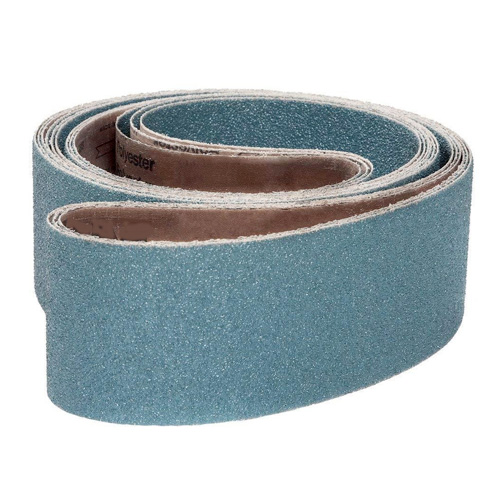Belt Grinding
Have you ever wondered what the difference is between belt grinders and belt sanders? Maybe you’re not sure which tool is best for your job. Here, we will explain a few of the main differences and similarities. Belt grinding is a multifaceted process and is fitting for many different types of applications such as finishing, deburring, and stock removal. Finishing is the removal of micro burrs, applying cosmetic finishes, and polishing, deburring refers to removing small imperfections known as burrs, and stock removal is eliminating tool marks and cleaning.
Belt grinders imply a more aggressive material that needs cutting and precision finishing. A sander takes a finer approach, helping to achieve a smooth surface. Sanders are more often used with materials such as wood, but you can also sand concrete or sharpen knives with a sander.
A belt grinder is often used as a stationary tool. It has an abrasive belt and are semi-professional machines. They are used for cutting, rough and fine shaping, shaping, brushing, and polishing. They are most commonly used on materials like wood, plastic, stone, and metal.
A sander, on the other hand, is primarily used to sand and smooth surfaces. These come as a stationary or a handheld tool. Sanders are often used for fine shaping, smoothing, sanding surfaces, and polishing. They are used for wood and plastic, while more robust sanders can be used for metal, stone, and concrete.
While you can use your grinder as a sander, you cannot use your sander for cutting materials. Most sanders are also not as powerful as grinders.
Belt grinders more commonly come in the form of a stationary machine for processing hard materials while sanders are more common for woodworking.
So it all comes down to the work you’re doing. If you need a powerful tool, make sure to choose one that meets the needs of the job.
Interested in purchasing KAMA products?
Questions?
Contact Us @ 865-671-7682


